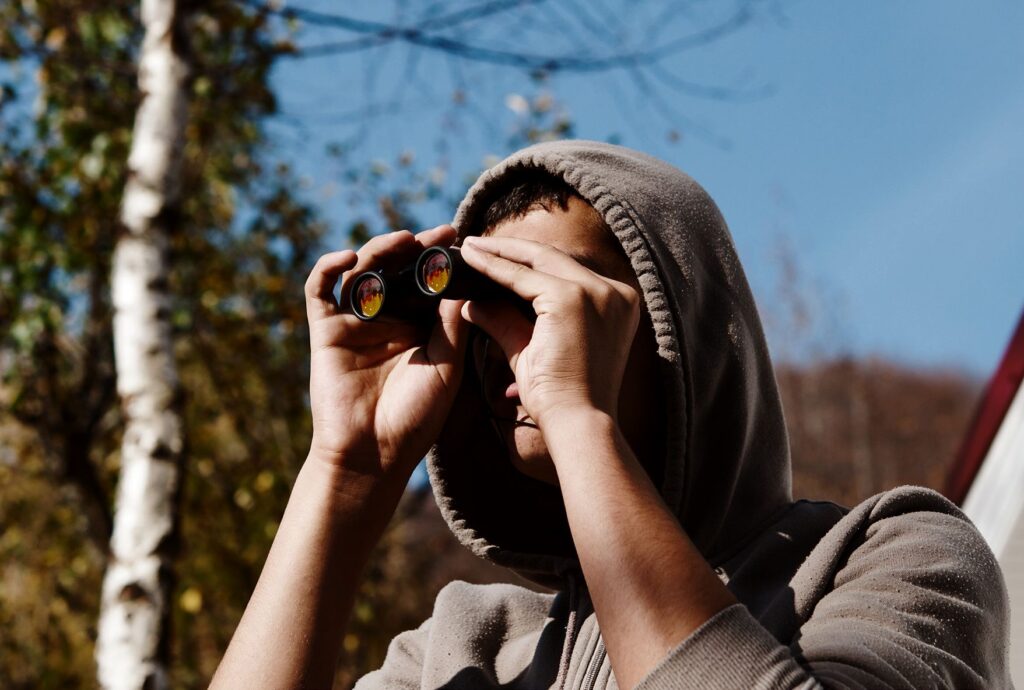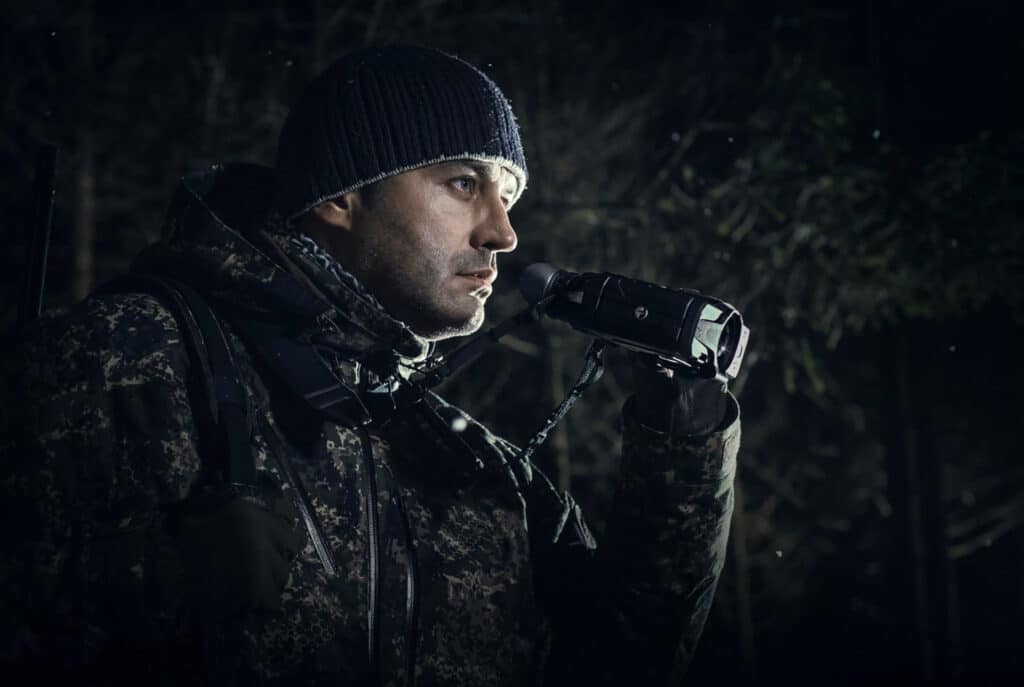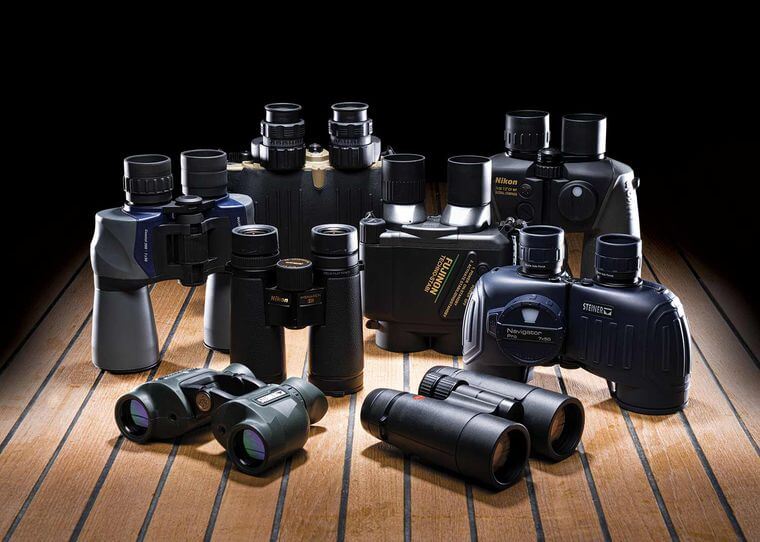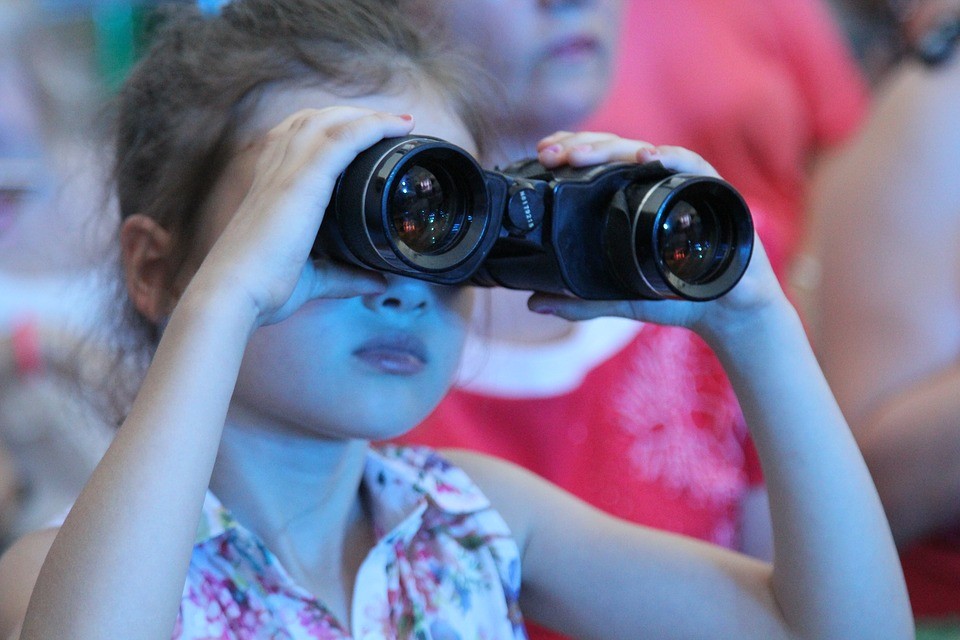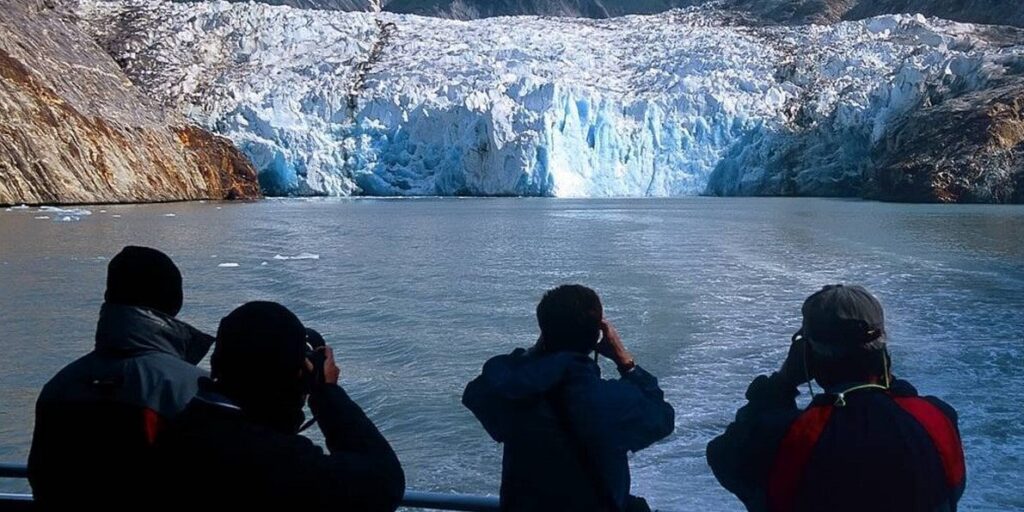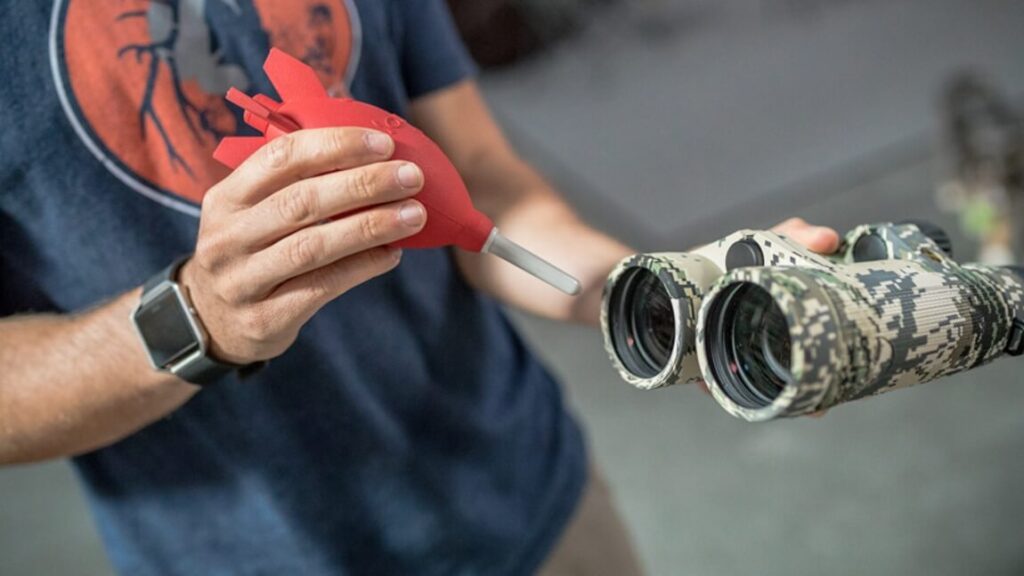

If you are an explorer, adventurer, or traveler, you definitely love to see nature up-close, so a pair of binoculars is a must-have! They were devised about 400 years ago Trusted Source History of Binoculars - Origin of Binoculars, Interesting Information on Background of Binoculars Check out some interesting information on the origin & history of binoculars. lifestyle.iloveindia.com and are more comfortable and natural, contrasting from its counterpart a monocular, which requires you to keep an eye closed. Binoculars help the viewer maintain the depth of field, provides a rich and fascinating experience where the scene takes on a realistic, three-dimensional (3D image) appearance. But how far can binoculars see?
Worry not, for all your questions will be addressed appropriately! Binoculars come in different sizes, from opera glasses to large pedestal-mounted military models, and most of them are designed to be handled using both hands. Each product uses a series of lenses, elements, and prisms to produce a magnified view of distant things, people, and places. Thus their characteristics vary greatly. Do you want to learn more? Let’s begin!
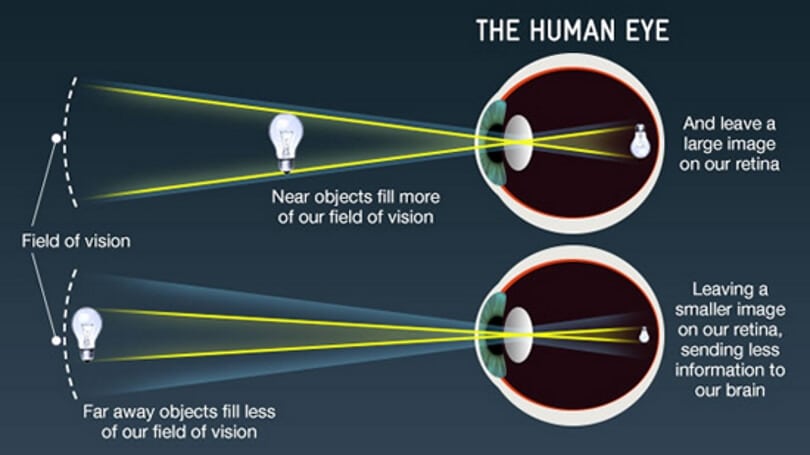
If you look into the distance, like the sky at night, you can definitely see the moon, which is really far away. Then again, you can see the numerous stars that are farther away. The truth is that you can see as far as it is humanly possible if the thing of view is well illuminated and there are no hindering objects in the way. It, however, becomes tasking when you want to look at the same thing with details, facts, and specifics. Statistically, there is no limit to what we can see, but there is a limit to how we see details.
It is an unwritten rule that the further away an object is, the smaller it appears, and that is why we need powerful optical instruments like binoculars to see small things in detail. If we are to go in the numerate angle, if an average human eye with vision 20/20 and without obstruction in its way can see as far as 48 kilometers, a “10×50” binoculars will extend your ordinary vision so you can see as far as 482 kilometers and that is indeed far!
Do you want to get new 10×50 binoculars? Consider the Bushnell Falcon
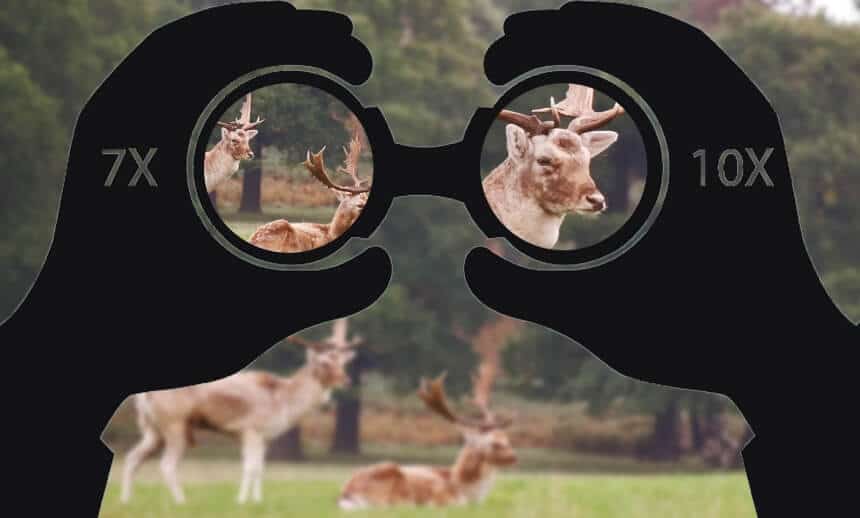
Since we’ve has succinctly discussed the most common sizes of binoculars, it is also imperative to talk about other sizes they come in. these include:
This type of binos have low magnification, and they are often referred to as kids’ or theatre binoculars. They have wide-angle optics best for viewing at short distances, say up to 50 meters. It is quite unfeasible to use this in open spaces such as in wildlife, mountainous area, or as binoculars for safari because it will not suffice your thirst to appreciate the gorgeousness of mountain landscape. It is the best pick for just a wide area of space such as stage in concert, theatre and circus hence the name theatre binoculars.
As said earlier, they are the most popular and common types. They’ve been widely accepted by hunters, tourists, and fishermen. This magnification is enough to view things as far as 1kilometre away. One of the upsides of optics with the magnification of up to 10x is that their weight is small and does not cause stress and fatigue.
Coupled with a tripod, you will enjoy optimum magnification at your fingertips, literally and figuratively. These types of binoculars fall under the broad category of powerful optics, which open up new potentials for the observers, viewers, or users. It has high-end specifications and superbly exquisite. For instance, the “10×50” binoculars can be used to view the moon, planets, birds in thick foliage, satellites, galaxies, and star clusters.
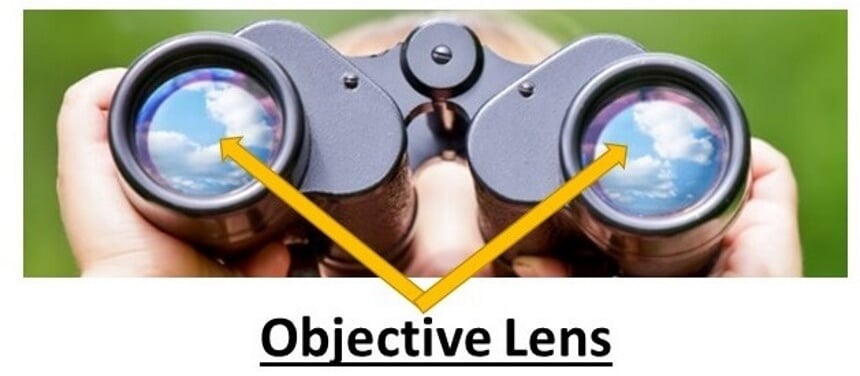
It is recommended that you use smaller lenses if you will be viewing in the sun and a larger lens for dark environments. It’s the same principle that applies when your pupils grow in dark rooms to see better.
The binoculars’ glasses have weight and oppose a lightweight and handy feature by making the whole device bulkier and heavier. The following are the main standard lens sizes of binoculars:
As you might have guessed from the size of this lens, its major upside is its small size and weight making it fit for children and tourists that enjoy traveling unencumbered. Binoculars with 25mm diameter can show near objects in bright daylight.
This is a decent enough size of a lens suitable as a touring and portable field binocular. Despite the standard lens size, it is also compact as it can be easily ported, and it is also sturdy, suitable enough for observation. It permits you to confidently spot during the day and also focus on vital things at dusks. It is fit for both tourists and hunters.
With this large lens, 50-60 mm binoculars have magnificent specifications but have their limits for the use of observation. This standard lens is suitable almost for everyone, from astrophysicists to teenagers. It is of high quality that even in the dark, you don’t have to lose sight of the detailing of an object in view and, in a gloomy climate, builds sharp and bright images. Although it can be used by virtually anyone, tourists might be at a disadvantage here because of the body mass of the device.
These are said to be worthy competitors of a telescope because of their size, which can go up to 150 mm, and their specifications. It is mostly used by the militants and mariners, and this is to show you it is mostly for pro purposes like survey observation and surpasses just hand-held observation and requires fixing it on a special mount or a photo tripod stand.
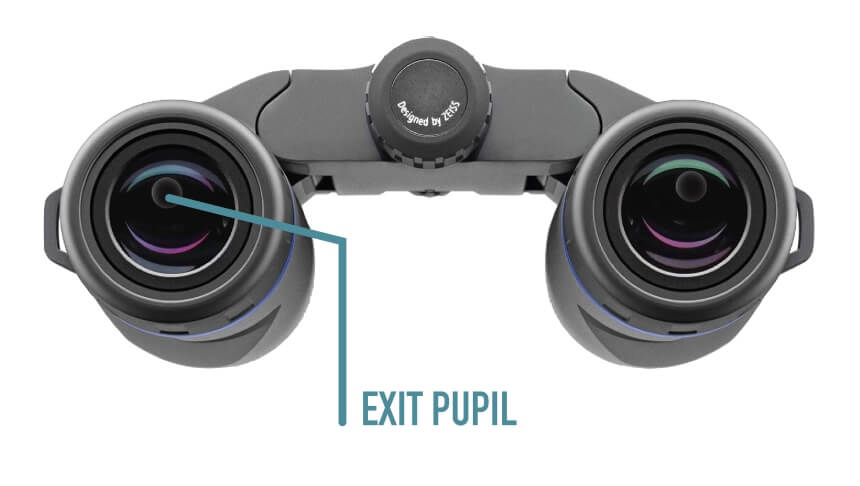
The exit pupil is a vital aspect to consider when choosing binoculars, especially for use in poor light conditions, like at dawn or dusk or for astronomical observation.
You can make a calculation of the exit pupil by dividing the magnification of your binocular into the diameter of the objective lenses. Put mathematically:
Exit pupil = the effective diameter of objective lens ÷ magnification.
For instance, for those looking for standard binoculars, our experts’ recommended pick is the Nikon Monarch 7 10x42mm ATB Binoculars, and to calculate the exit pupil of these 10×42 binoculars, the formula is 42÷10=4.2.
Therefore, the diameter of the exit pupil is 4.2mm.
It is popular knowledge that the larger the objective lenses of binoculars are, the larger the exit pupil; the exit pupil gets smaller with greater magnification. Also, the larger an exit pupil, the brighter the binoculars.
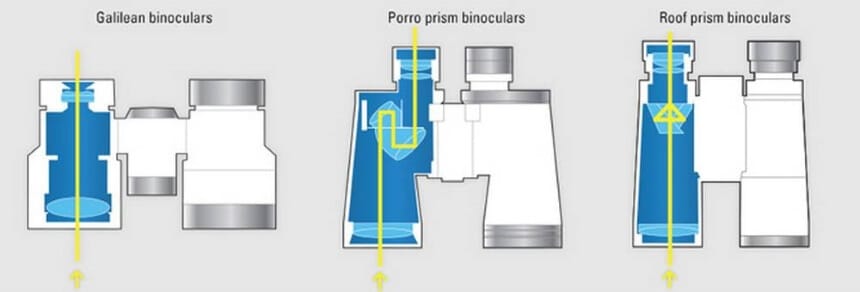
The Galileo wrapping optical design builds a direct image by itself and does not contain wrapping elements. However, this direct image’s quality of Galileo is not principally high, and the higher the binocular lens increases, the more the image quality deteriorates and that is why it is only preferred and used majorly by two classes of people; children and people in small theatres.
This system is the most used, popular, and classic. It achieves wide viewing angles and high light transmissions. Porro-prism wrapping system permits a stereo effect that provides a 3D image. There is also a reverse Porro-prism wrapping system embedded in the compact and high-end models, and here, the eyepieces are spaced wider than the objectives.
Last but not least on the list of wrapping systems is the roof-prism, which allows the same features as the Porro-prism wrapping system for knowingly smaller dimensions and condenses the process of sealing the binos. It is often used by tourists, hunters, and fishers.
If you are an astronomy enthusiast and you think you need to buy a steep and high-end telescope to do some backyard astronomy, think again! Binos are here for the rescue!
But before we proceed, you should note that generally, 40-50mm will suffice for basic astronomy as apertures within the range of 70mm upwards will be too bulky and heavy to use without combining it with a tripod stand. It is for this purpose I’ve put together a few amazing sights Trusted Source The Top 10 Space Things to See With Binoculars | Telescope School What you can see with binoculars when using them for astronomy over of a telescope. Price ranges, sizing binoculars, and what to expect on the top 10 things… telescopeschool.com you can enjoy with your binoculars. You can sight the Satellites and Space Station, the Mother Moon, Planets, Comets and Asteroids, Stars and Star and Clusters, Nebulas, Galaxies, and other amazing sights with your binoculars.
The question “how far can binoculars see?” can’t be justified appropriately by a straightforward answer because in the end, when it boils down to binoculars and spotting scopes, your expectations need to be aligned with your objectives and aims. The germane thing to bear at the back of your mind should not be “how far can I see with binoculars?”. Rather, it should be “what do I need to see? “and” How far away do I need to see it?”. With this, you can make a pick out of the numerous binoculars in the market after knowing which is suitable for you.
